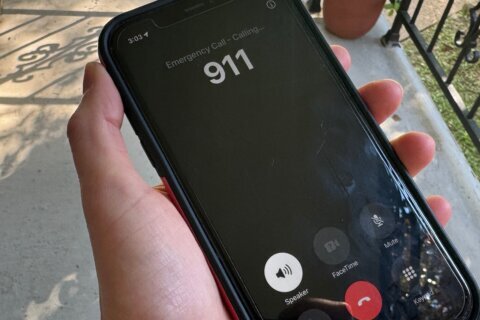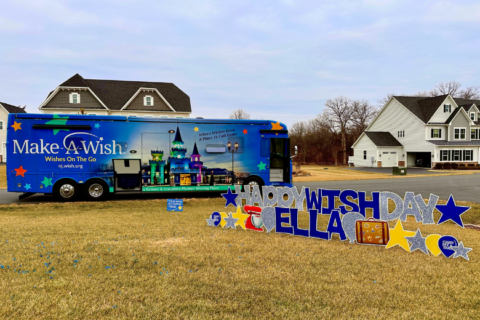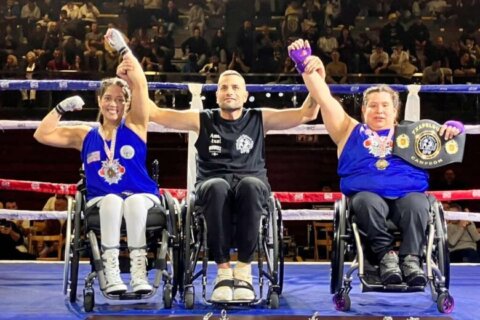A daily routine immersed in life-or-death situations can take a mental toll on first responders, and “The Mental Mayday” program teaches members of the Fairfax County Fire and Rescue Department in Virginia how to ask for help.
It was developed by 10-year veteran of the department Lt. Adam Bartman.
“We do plenty of training related to this, but what we’ve been lacking, and where Mental Mayday fills the gap, is giving the voice back to the firefighter in not only what to look for, but more importantly, how to ask for help,” Bartman said.
The program’s name refers to an industrywide understanding of “calling a mayday” in environments where one might not know exactly what the problem is. It’s an organizational expectation from trainee and recruit, all the way up to fire chief.

The Mental Mayday program teaches people how to notice and respond to what might be issues for themselves or others.
“It doesn’t matter your position in the organization, you have an expectation that if one of your fellow firefighters, EMTs, paramedics, etcetera, has a problem, you are expected to ‘call it’ on their behalf. And that is why we keyed in on ‘mayday’ so hard, because all that training already is instilled from day one of their related training,” he said.
The program is now part of the curriculum for recruit training and is included in officer certification courses.
Symptoms of what is called behavioral health injuries can include not eating, not sleeping, possible aggression, lack of emotional control, depression, post-traumatic stress disorder, obsessive compulsive disorders, or hyper vigilance where everything around you feels like a threat.
Bartman said the problem is that symptoms can appear in any number of combinations, can be cumulative, can pile on quickly, and individuals might respond to them in different ways not even realizing what they’re experiencing or going through.
“I didn’t understand what symptoms I was going through. I was displaying signs of lack of emotional control, I was hyper vigilant, I was experiencing insomnia. And for me, I didn’t understand how to say that, how I express what I’m experiencing,” Bartman said.
“What deep down I ultimately realized after my recovery was I knew I had a problem. But I didn’t know how to ask for help.”
And that inspired Bartman to develop the program.
If someone reaches out, licensed professional team members from the department’s behavioral health and professional development sections are available for help as needed.
“Then if long-term treatment is required, or additional treatment is required beyond the availability of their services, they’re able to put that person with the appropriate long-term clinician and care team going forward,” Bartman said.
The last few years with the pandemic have exacerbated stresses, and Bartman said it’s unclear what the long-term effects might be.
“As far back as I can remember, this has been an ongoing issue. Mental resiliency and behavioral health injuries are a long-standing problem,” Bartman said. “But we are, especially in Fairfax County in the Northern Virginia region, starting to take some very proactive steps to ensure we can do the best for them that we can.”
Bartman believes the program will help members of the department be stronger for their families and community.
“It’s not just about running the calls. It’s about being able to go home to your family and not bring that stuff home with you,” Bartman said.
“I wish people understood more than anything that the amount of effort it takes to recover from this kind of an injury is significantly harder and longer lasting than if you broke your leg.”








